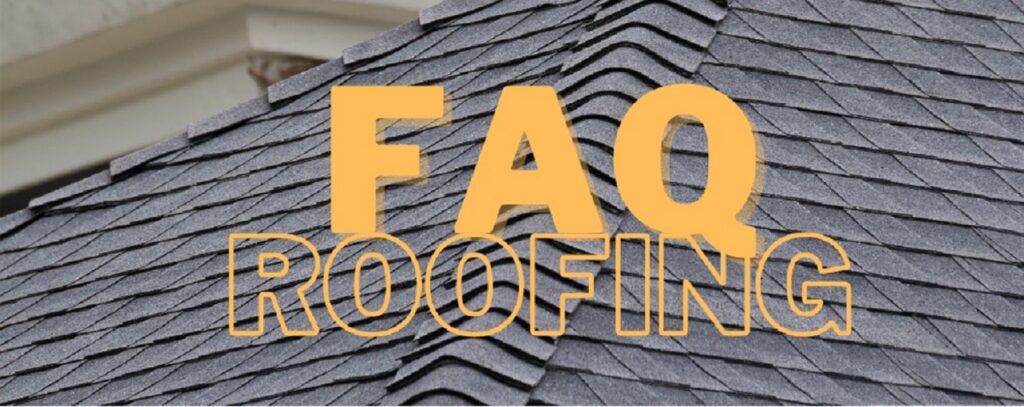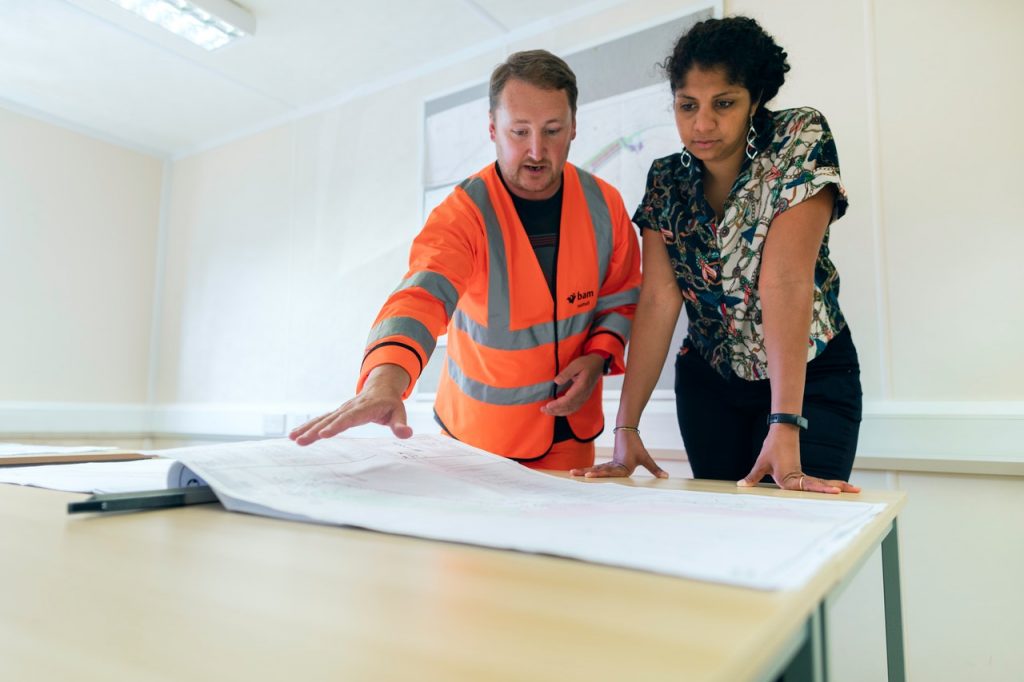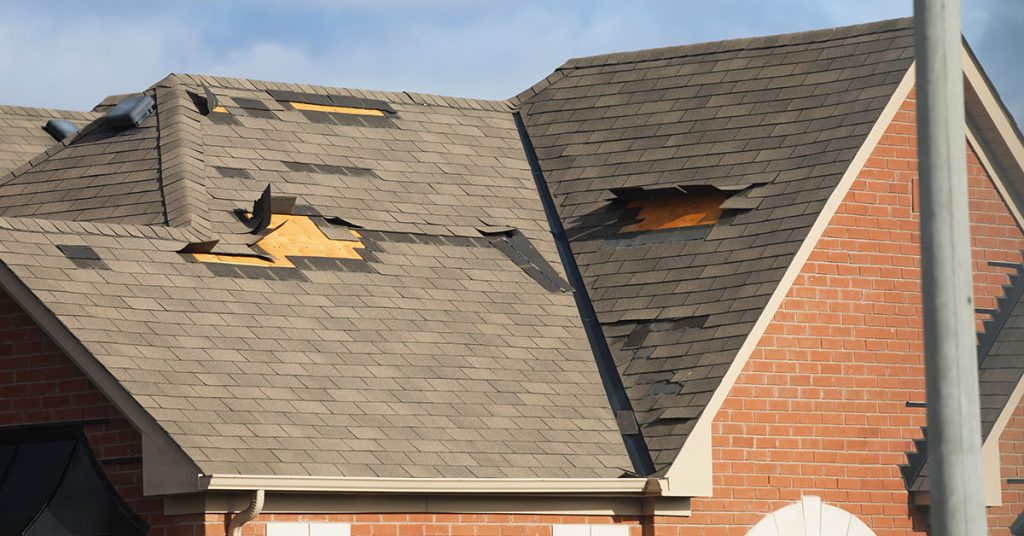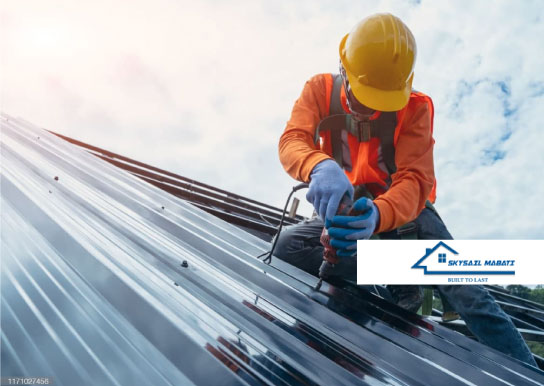What Signs Indicate the Need for a New Roof?
It is critical to determine whether your building requires a new roof. Commercial roofs are built to last. Water stains on the ceilings and walls, mold, or missing shingles, on the other hand, must be addressed.
Roof issues can also be indicated by worn roof covers, flaws in the roofing seams, bubbles along the roof cover, and gaps in the roof flashing. The age of the commercial roof and the resulting gradual wear must also be considered.
Should I Repair or Replace the Roof?
When flaws in their current roofing systems are discovered, property managers have four options. When more than 25% of the roof is defective, a full replacement is required. Alternatively, a full replacement is ideal when managers want to take advantage of the most recent technological advancements in roofing systems and want a long-term solution.
Recover an existing roof if adequate insulation is present. Roof restoration is far less expensive than total replacement. It is important to note that a roof can only be recovered once. Keeping costs low leads to roof repair. Minor repairs extend the roof’s life. Coat the roof system to prevent leaks. Reflective coatings that reflect UV rays away from the building can help you save energy.
What Type of Roofing System Is Right?
Roofing options can be numerous. Built-up roofing (roof layers are built up and bonded together); tapered insulation roofing systems (prevents standing water and are ideal for flat roofs without adequate slope); TPO roofs (are fire resistant, flexible, and extremely durable); and single ply roofing are common types of roofing systems available on the market today (delivers exceptional weather ability over the long term).
Does Geography Impact Roofing Options?
The geographical location of your building influences your roof selection. Buildings in the South, for example, experience different annual rainfall, wind velocity, and potential snowfall than structures in the Northeast.
Aside from the weather, the orientation of your building and its roof plays an important role in determining which roof system is best for you. Roofing experts conclude that because each building is unique geographically, a single roof system will not meet the varying needs of buildings across the country.
Are Energy Efficient Roofs Available?
Green businesses, in particular, are more likely to want to use an energy-efficient roofing system. Property managers may be required to ensure that their roof meets ENERGY STAR standards. Roofs that are energy efficient, such as reflective roof systems, make it easier to save money. Increasing insulation in the roofing system is another option for meeting energy goals.
How Much Does a New Roof Cost?
The cost of a total roof replacement is determined by several factors. The most obvious size factor is the roof’s size; the more square feet involved, the higher the labor and material costs to complete the replacement. If objects protrude from your roof, you will incur additional costs to cut around these protrusions and seal the areas. The location of a building can also affect the cost, especially if multiple permits are required.
Does the Type of Business Influence What Roof System Is Practical?
Roof types differ. Retail businesses, shopping centers or hospitals, for instance, have different roofing needs than warehouse facilities.
- Warehouse roofing
Companies rely on warehouses to safely store business-related equipment, supplies, and products. As a result, a dependable roof is essential for avoiding damage and costly losses.
- Building for Retail
A different type of commercial roof is required for a retail building’s roofing system. A solid, leak-free roof is essential. However, depending on the type of business, some roof wear and tear is to be expected.
Exhaust from restaurant buildings, for example, corrodes the roof over time. Dry cleaning chemicals have an impact on the roof as well.




